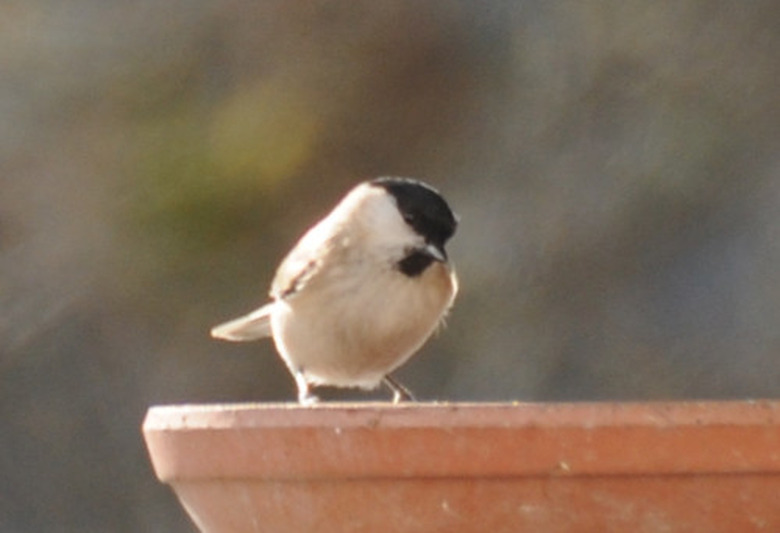Algae In Bird Bath
The algae that grow in a birdbath are all "freshwater algae," a group of micro-organisms that grow in a variety of shapes and colors. Most require light and oxygen to flourish. This makes an algae colony in a small garden birdbath inconvenient for the birds that may depend upon it for clean water for drinking and bathing.
Identification
Algae are simple microscopic plants that have no roots. They grow by processing sunlight through photosynthesis to produce chlorophyll. Chlorophyll aids in the processing of oxygen, nitrogen, phosphorus and other elements present in the air and water as food. Some algae provide food fish and small aquatic animals but some are toxic to aquatic life or birds.
- The algae that grow in a birdbath are all "freshwater algae," a group of micro-organisms that grow in a variety of shapes and colors.
- This makes an algae colony in a small garden birdbath inconvenient for the birds that may depend upon it for clean water for drinking and bathing.
Sources
Algae reproduce by means of spores that travel on wind currents or are carried by animals. Birdbaths may receive these microscopic bodies from wind or from the feet of birds and insects that bathe and drink from them. Spores may be carried in pond or river water, transported in the fur of animals and birds that drink from them or even fall from overhanging trees.
Features
Algae grow in proportion to the nutrients available. A sudden growth spurt, called a "bloom," results in a sudden drop in oxygen level, known as "hypoxia," that ruins water for consumption and bathing. The algae die and choke the water with dying matter. Blooms in birdbaths are simply treated by removing the water and treating the surfaces.
- Algae reproduce by means of spores that travel on wind currents or are carried by animals.
- Spores may be carried in pond or river water, transported in the fur of animals and birds that drink from them or even fall from overhanging trees.
Benefits and Dangers
Cyanobacteria (blue-green algae) have been the subject of considerable study. A colony grown in the birdbath of a researcher at the Australian National University has been studied as an anti-malarial agent. Another variant, however, has been identified as a common factor in several outbreaks of diarrheal illnesses by the U.S. Centers for Disease Control. Algae, like mushrooms, apparently require qualified diagnosticians to determine whether they are helpful or harmful.
Considerations
Algae tend to reduce oxygen content and raise carbon dioxide and nitrogen levels in water, making water unpalatable. Algae growth also increases alkalinity, meaning that the water is unhealthy for animals to drink. Birdbaths are very small bodies of water that can be affected very quickly by the presence of algae. They also do not contain natural predators, like fish, to eat the algae.
- Cyanobacteria (blue-green algae) have been the subject of considerable study.
- Algae growth also increases alkalinity, meaning that the water is unhealthy for animals to drink.
Solutions
Filters and aerators are impractical for most backyard birdbaths. The solution to most algae infestations is to simply dump out old water, scrub, rinse well and refill with clean water. Birdbaths should always be located away from overhanging trees that may shade bowls and contribute droppings to the drinking water. Soaps and detergents should not be used but salt is recommended to clean fish tank walls so it can safely be used on birdbath bowls. The acidic base of vinegar will kill algae and a dilute bleach solution will provide bacterial disinfection. Use several clean water rinses before refilling the bowl.
